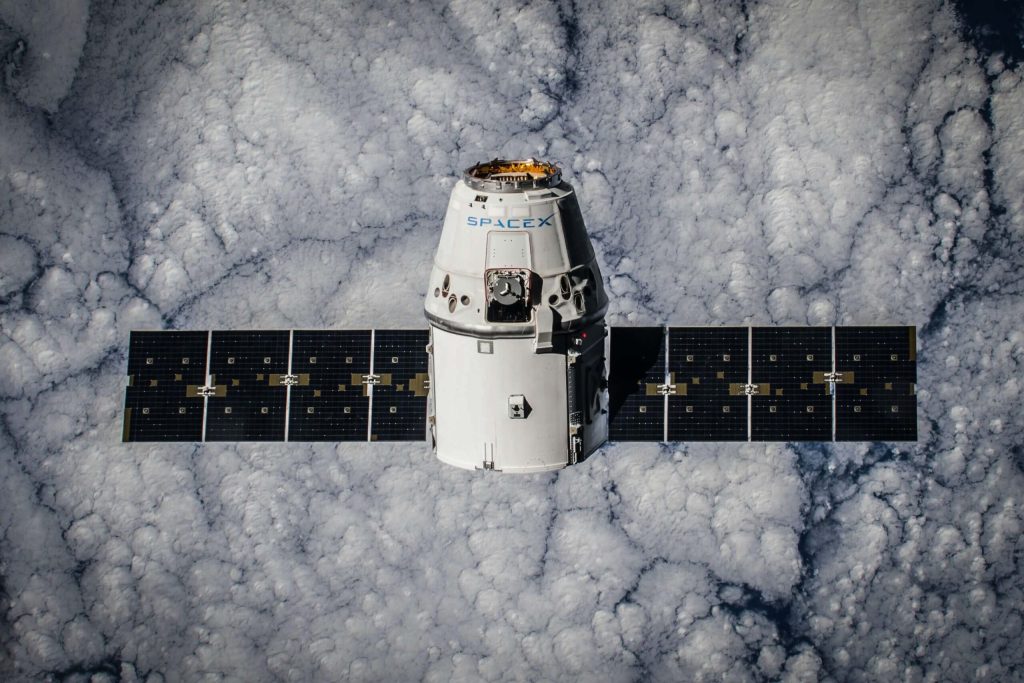
Since its inception in 2002, SpaceX has been at the forefront of revolutionizing the space industry with its ambitious goals and breakthrough technologies. While its achievements in launching astronauts, resupply missions to the International Space Station (ISS), and rocket reusability have captivated the world, one of its most pioneering endeavors is the Starlink project.
Starlink aims to provide high-speed internet connectivity to even the most remote areas of the planet. This ambitious venture involves deploying a vast constellation of small satellites in low Earth orbit (LEO). By doing so, SpaceX aims to bridge the digital divide and bring reliable internet access to places that lack traditional forms of infrastructure.
Traditional methods of providing internet connectivity, such as fiber optics or satellites in geostationary orbit, have limitations when it comes to remote areas. Fiber optics require extensive infrastructure, making deployment in isolated locations impractical and costly. Geostationary satellites, on the other hand, suffer from high latency due to the distance between the satellite and the user. SpaceX’s Starlink seeks to overcome these limitations by deploying thousands of smaller, low-flying satellites, which are closer to Earth and can thus offer faster and more reliable internet connectivity.
The satellites themselves are a technological marvel. Each Starlink satellite weighs around 260 kilograms (573 pounds) and is roughly the size of a table. They are equipped with advanced electronic systems, including high-throughput antennas and ion propulsion for orbital corrections. The satellites are deployed into orbit using SpaceX’s Falcon 9 rockets in batches of 60. Once in orbit, the satellites form a mesh network that communicates with one another and with ground stations, enabling seamless internet connectivity.
A key advantage of Starlink’s approach is its ability to provide internet coverage where traditional infrastructure is lacking. Remote areas, such as rural communities, mountainous regions, and islands, often struggle with limited or no access to the internet. This lack of connectivity hampers educational opportunities, economic growth, and access to essential services. Starlink aims to bridge this gap by filling the skies with satellites capable of providing fast and affordable internet access, no matter where you are.
The impact of SpaceX’s Starlink project on remote areas across the globe cannot be overstated. In Alaska, for instance, native communities located in isolated regions are benefitting from this technology. Instead of relying on slow and expensive satellite connections, they can now access faster internet speeds, enabling them to communicate, learn, and conduct business more efficiently.
Similarly, Starlink is transforming connectivity in rural areas of developing countries. Small businesses and farmers can access online markets and resources, enhancing their ability to compete and thrive in the global economy. Additionally, students in remote schools gain access to online educational platforms, enabling them to receive a quality education despite their geographical location.
The potential applications of Starlink extend beyond individual consumers. Governments and organizations can utilize the internet connectivity provided by Starlink to monitor and respond to environmental changes, improve disaster management efforts, and facilitate telemedicine initiatives. The possibilities are endless, with positive implications for the development and well-being of communities in remote areas.
While the Starlink project is still in its early stages, significant progress has been made, and the impact is already being felt in remote areas across the globe. SpaceX has launched hundreds of satellites, with the ultimate goal of deploying tens of thousands into orbit. As the network continues to expand and mature, internet connectivity in remote areas will continue to improve and transform lives.
SpaceX’s Starlink project is revolutionizing connectivity in remote areas, tackling the digital divide head-on. By deploying a vast constellation of satellites in LEO, SpaceX is providing fast and reliable internet access to places where traditional forms of connectivity were once considered a distant dream. With each successful satellite launch, SpaceX brings us closer to a world where connectivity knows no boundaries, and no one is left behind in the digital age.








